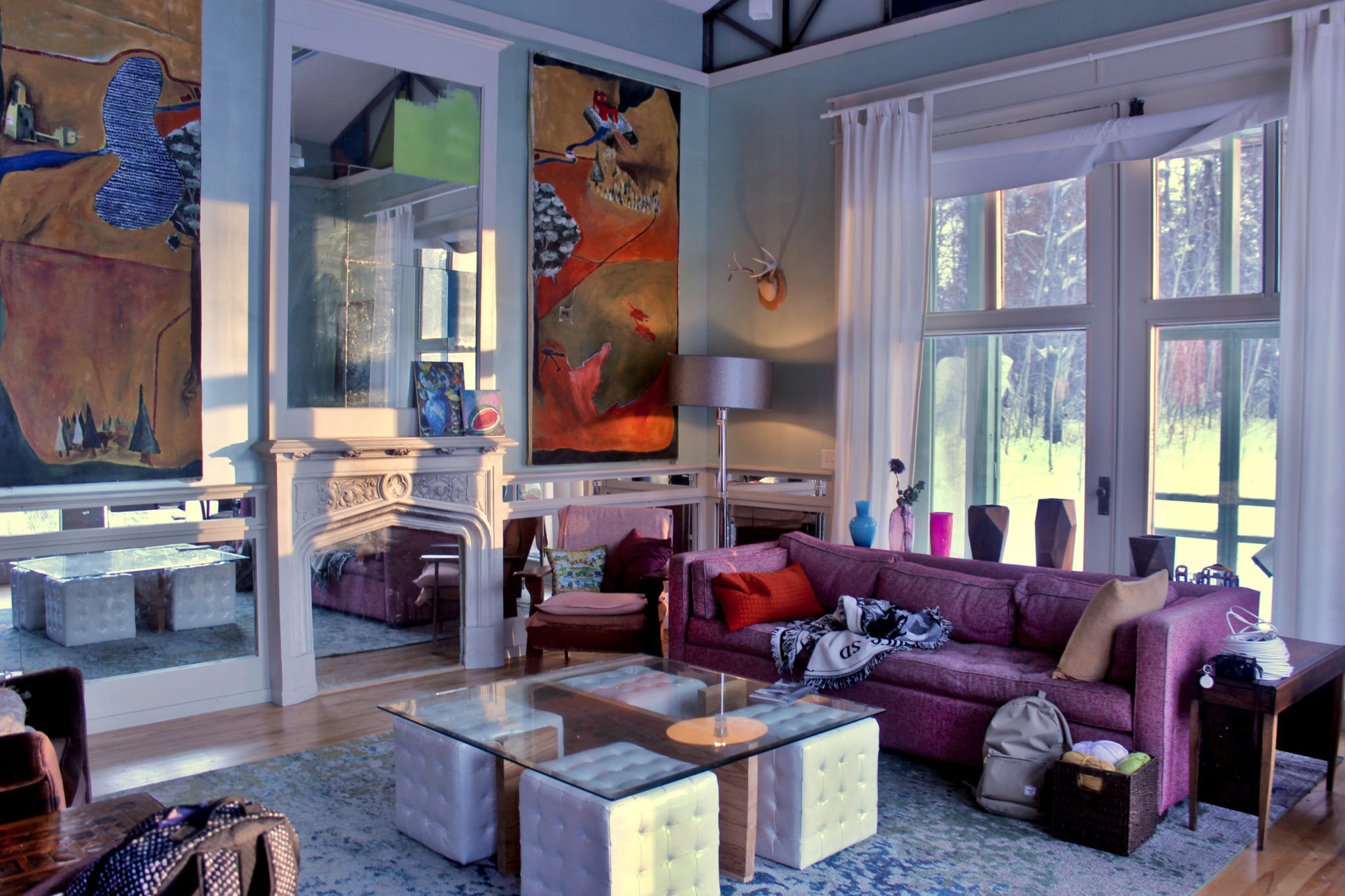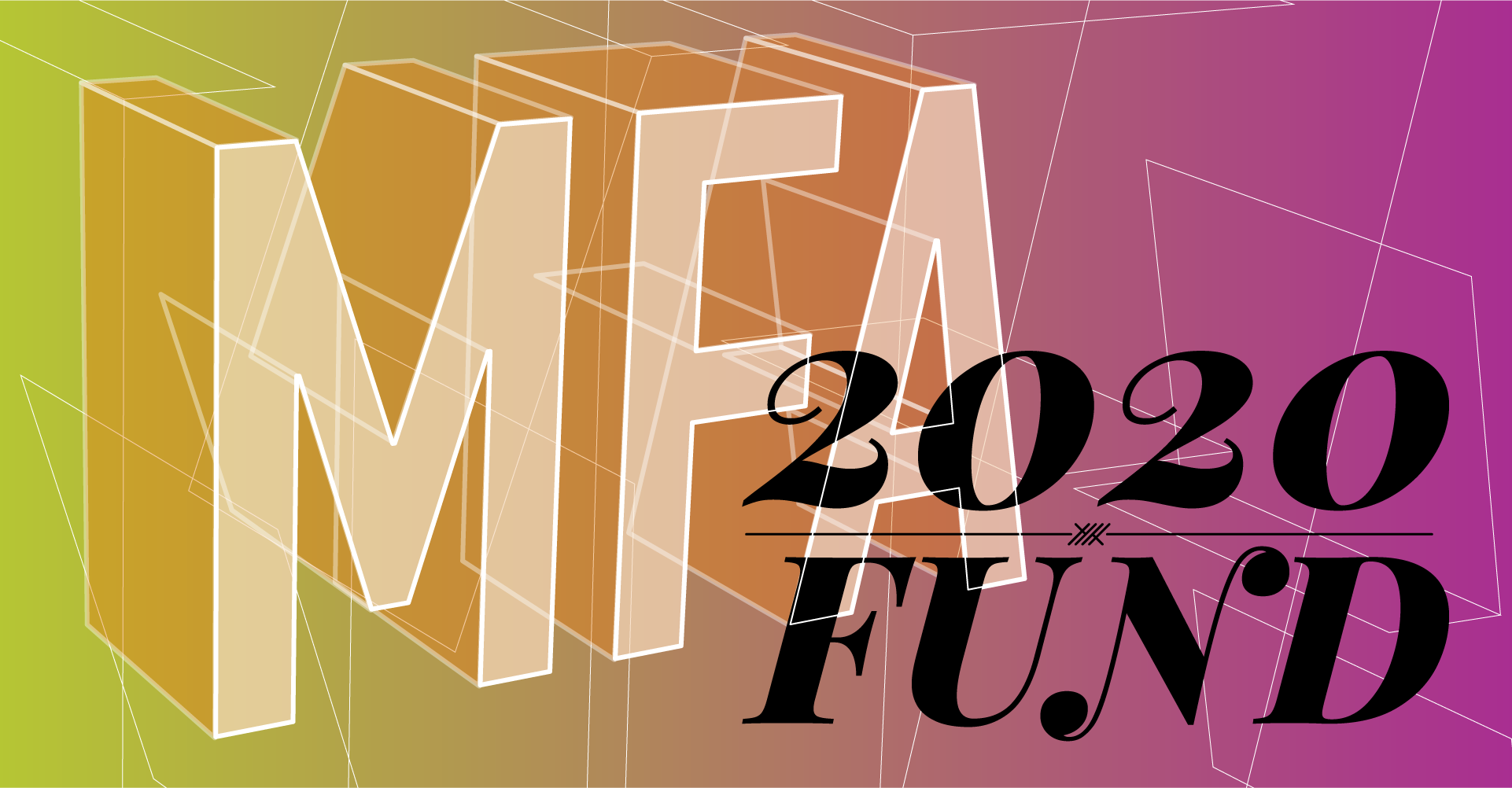January 2022 witnessed the annual Wisher Residency in Park Rapids, Minnesota as a part of MCAD MFA Launch Programming with Kendall Dickinson ’20, Genie Tran ’22, and Alexis Schramel ’23. This residency is generously sponsored by MCAD alumnus Rob Fischer (BFA ’93) and partner Sara Woster at their summer-studio/winter-AirBnB for up to three MCAD MFA participants. Along the way, neighbors Aaron Spangler (BFA ’93) and Amy Thielen helped us settle in. This 5-10 day residency is a great opportunity for rest, reflection, and creativity over the winter break (or spring in the case of 2021).
Check out these students’ responses to interview questions below!
What inspired you to apply to the Wisher Residency?
KD: I was really impressed with what the first two years of artists created. I also wanted to take time away from the busyness of everyday life to really dedicate myself to art-making. I hadn’t made much of anything since graduating in 2020, and this seemed like a great opportunity to challenge myself and throw myself back into what I love.
GT: Seeing in previous years, MCAD alumni have had such a fruitful time practicing self reflection and exploring new things, so I was inspired to apply for the residency so I could take some time to myself and get ready for my last semester of grad school.
AS: I was inspired to apply because of the location of the residency. I am fascinated by environments of solitude, which I believe has been beneficial to my work. I am also a huge fan of winter and snow, so I believed it would be the perfect residency for me and my practice.
What were some of your goals for the residency?
KD: I didn’t have a detailed or dedicated project laid out. I wanted to let the landscape and the location of the residency inspire me, so I brought various modes and mediums of art-making with me and let my own reaction to the space lead me. I ended up with a whole new body of work, so I think I met my goals.
GT: I applied to the Wisher Residency with the intention of relaxing and doing some self-reflection, as well as playing with new materials that I haven’t done before.
AS: My goals for the residency was to participate in a walking art practice. I had been interested in how I could incorporate my passion for hiking into my work and this residency was the perfect fit. Other than time outside, I was looking forward to connecting with other artists and focusing on my self-care rituals.

Genie Tran ’22 Cyanotype collection made using found materials during Wisher Residency
What did your average day look like during the residency program?
KD: I would get up mid to late morning, and depending on the weather, decide whether I wanted to create inside or outside. (Most of the terribly cold days meant I decided to work inside). I would try to get the objects I needed to be made before taking a break in the early afternoon to have coffee. After that, I spent most of my time editing photos and working on finer details of my projects. I usually ended the day by making a social media post with updates on where I was in the process.
GT: I woke up and made my coffee, had breakfast and roughly planned what I’d do for the day. Most mornings when the sun was out, I would find/chase the brightest spot in the house to play with cyanotype printing (it was too cold for me personally to be outside for too long to print). I’d take some quick walks around the residency, collect some dried plants, twigs, snow as well as using materials available in the pantry like salt, glass vase and saran wrap to print with. I also boiled leftover grocery items like orange peels, strawberries and radishes to create natural dye to dye drawing paper with. In the evening, we cooked and often cooked for one another. We would often spend time eating and talking together. Afterwards, my night winded down with me watching some shows and practice coiling at the same time.
AS: I woke up early in the morning, finding a routine that supported my self-care routine. I had the early mornings to myself where I practiced yoga, meditation, and then made coffee and breakfast. While I sat with my coffee I enjoyed the sun lighting up a new wintery scene. Each day there were subtle differences in the landscape. Taking time to notice small differences in solitude was a restorative and generative process for me. During these moments of wonder, my new roommates would wake up. They joined me in the living room and we relaxed together for a while as we each planned out our days. Each day I would spend a few hours outside exploring the property. I only averaged about 1 mile a day, but the snow on average was 24 inches in depth, and temperatures were very cold. I did this cautiously as I would take breaks and stay relatively close in proximity to the house. I let Genie and Kendall know my approximate location and time to expect me back. When I returned in the afternoon to make lunch, I would spend a few hours uploading photos, videos, and recording data from my walks. We spent evenings together chatting and cooking for each other.
For those who haven’t done residencies before, there can be a lot of questions about logistics. Can you talk a little about how you transported your practice to a new location?
KD: I knew I would mostly be working in the house or outside, so I brought mediums that were easy to transport and easy to use: photography, cyanotype, watercolor, etc. I ended up only using photography, cyanotype, and a bit of acrylic painting. I really focused on letting the location and nature speak for themselves.
GT: My work at MCAD is often larger in scale, so I know that I’d have to make smaller objects at the residency, both for convenient and for exploration purposes. I brought materials that I know I’d actually want to play with at the residency, such as cyanotype fabrics, yarn and coiling cords, paper, etc. While being there, I tried to be as resourceful as possible with the materials available at the residency. I mostly used pantry and grocery items, as well as natural materials that are more easily accessible. We were 25-30 minutes drive away from Park Rapids, so I didn’t want to rely on having to purchase additional supplies.
AS: My work is dependent on the location I am in, so in this case I felt freedom and excitement in how an environment of solitude would inform my practice. I was set on making something from a walking practice, so I brought documentation tools such as a GoPro and a camera. I also packed gear for spending hours outside in a brutally cold climate.

Alexis Schramel ’23 Walking practice at Wisher Residency
How has the residency changed your outlook on your art practice / being surrounded by other artists outside of an academic program?
KD: This residency revitalized my practice. It helped me to remember that not everything has to be a big, complete masterpiece and that your process can be as slow and as simple as you want. I allowed myself to experiment and draw inspiration from the other artists, and I’m really happy with the projects that came out of this experience.
GT: I felt rejuvenated afterwards. I needed some times to reframe my mindset before returning to thesis and school, and the residency helped me do that. I was able to play around with a lot of different things without much pressure, and sometimes fail at it without fear. During the school year, especially last semester, I was wired to think of thesis so linearly—having to plan my work step by step. I think that I truly needed this residency to connect again with the small joy in making, in playing with things and not knowing where it might end up. One of the best things that also came out of this experience for me is connecting with Alexis and Kendall. If anything, the friendship and camaraderie that I was able to develop is almost as valuable as the work that I created.
AS: I was truly excited to participate in residencies as some of my favorite artists have had experiences that kickstarted their practice in new and unexpected ways. I found this residency to be the perfect transitionary time between winter break and classes starting to refresh my perspective of art making and believe in my practice again. I felt the connections I made with other artists to be helpful as they are at different stages with Genie being a second-year MFA candidate and Kendall being an alumni. I was able to learn a great deal from them about different opportunities and approaches to art making. I realized that every artist has a different point on the map of their practice and that this process is not linear.
Do you have any advice for anyone looking to participate in an art residency?
KD: I treated this residency as a time for me to slow down and reconnect to my creative process. I would encourage other artists to do the same. Don’t push yourself; let your process find its own way. Remember that rest is just as important as creating.
GT: Bring super warm clothes, the week we were there was one of the coldest! Also, bring plenty of snacks and just have fun 🙂
AS: My advice for anyone considering an art residency is to apply if you feel drawn to an opportunity. I think there is something beautiful and sacred about having time to truly be with your practice. Let the art residency take you into new territory with your practice and enjoy the time you have. Also, be generous! Small gifts of kindness and appreciation can go a long way.
Click here to learn more about the this residency.

Kendall Dickinson '20 Cyanotype process at Wisher Residency



